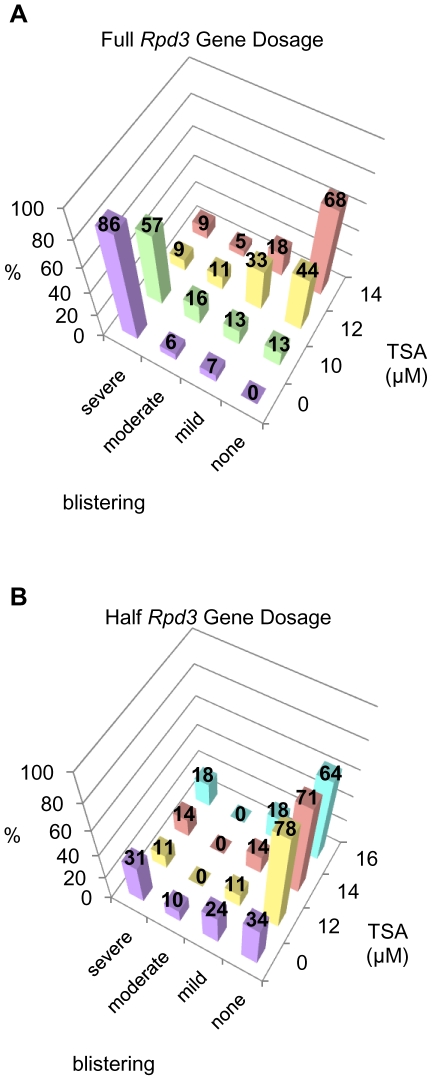Figure 5. Reduction of Rpd3 gene dosage rescues wing patterning defects resulting from Gro overexpression.
Overexpression of Gro by the 3rd instar wing disc driver Serrate-Gal4 at 25°C leads to adult wing blistering. The severity of blistering is categorized as described in the legend to Fig. 4. (A) Adult wings derived from larvae overexpressing Gro (driven by the Serrate-Gal4 driver at 25°C) in the presence of two functional copies of the Rpd3 gene show a monotonic dose dependent decrease in wing blistering severity as TSA concentration is increased. The following numbers of wings were examined at the given TSA concentrations: DMSO alone (n = 170), 10 µM (n = 61), 12 µM (n = 55), 14 µM (n = 22). (B) Adult wings derived from larvae overexpressing Gro (driven by the Serrate-Gal4 driver at 25°C) in the presence of one functional copy of the Rpd3 gene show a dramatic decrease in blistering severity at 12 µM TSA. However, as the TSA concentration is raised to 14 and 16 µM, the trend reverses and blistering becomes more severe. The following numbers of wings were examined at the given TSA concentrations: DMSO alone (n = 87), 12 µM (n = 18), 14 µM (n = 7), 16 µM (n = 11).

